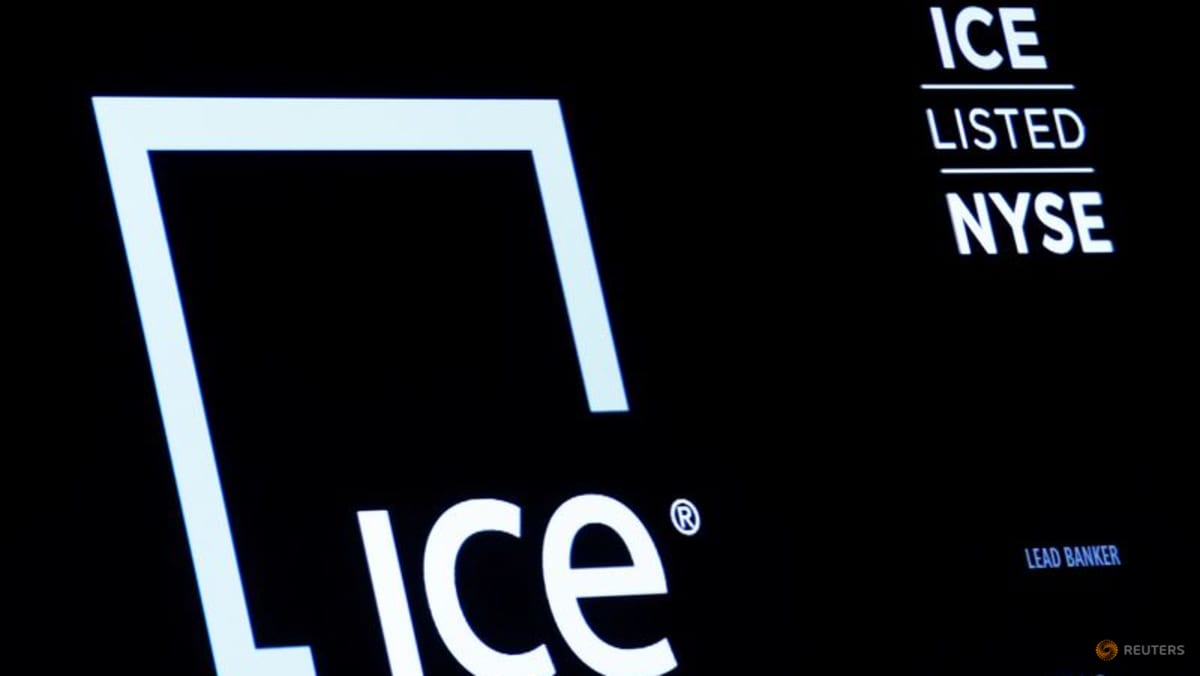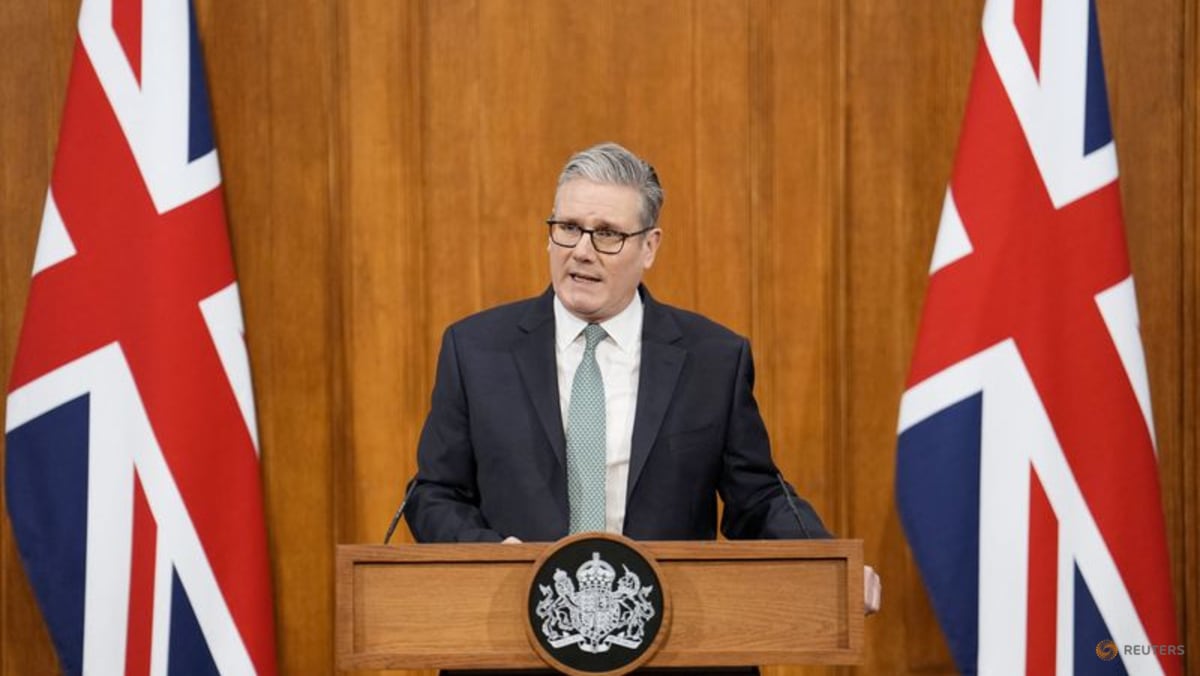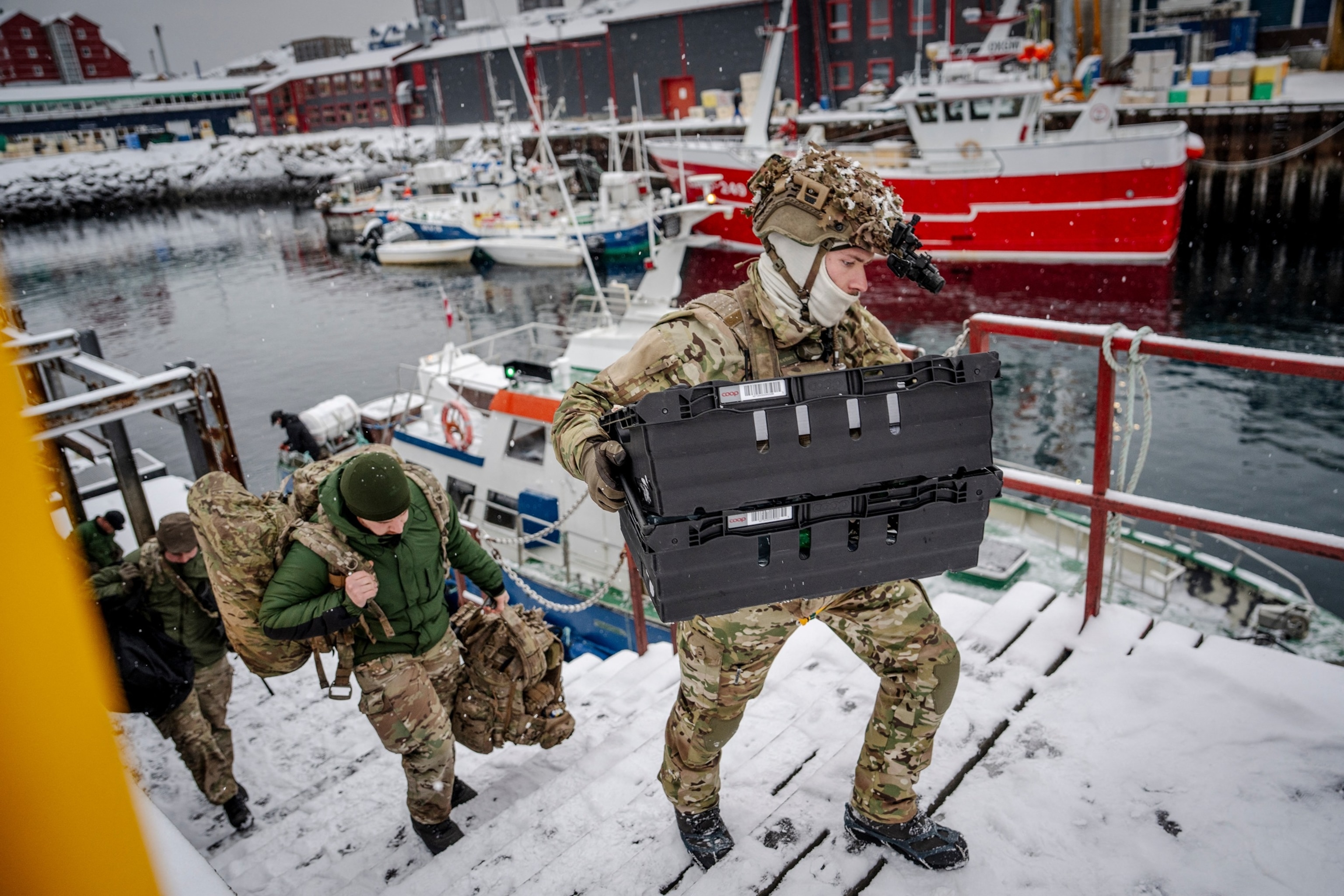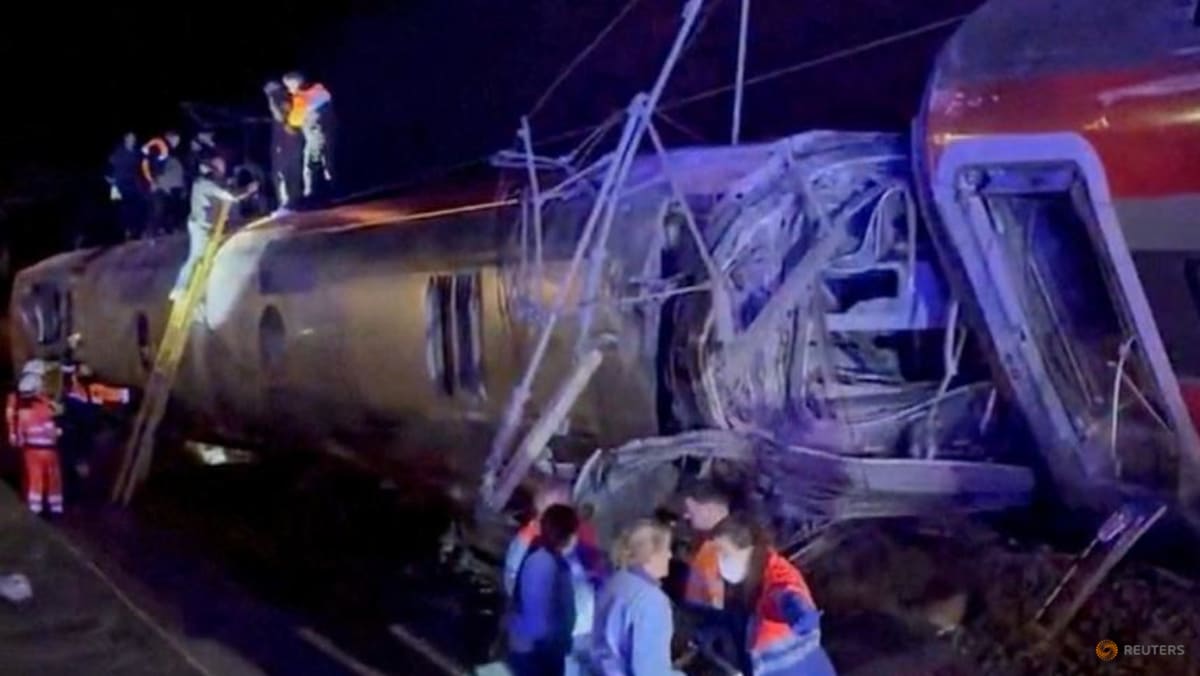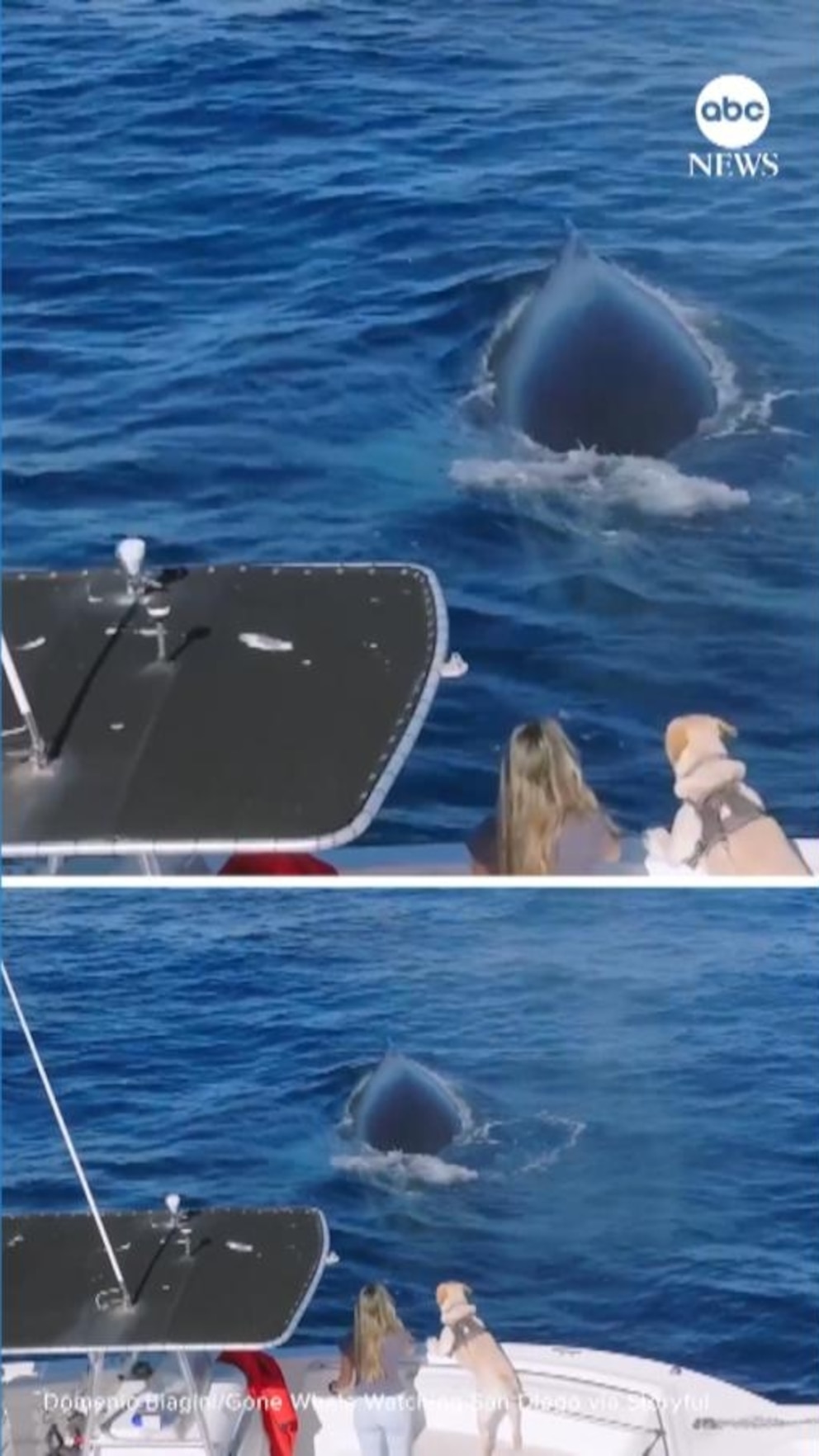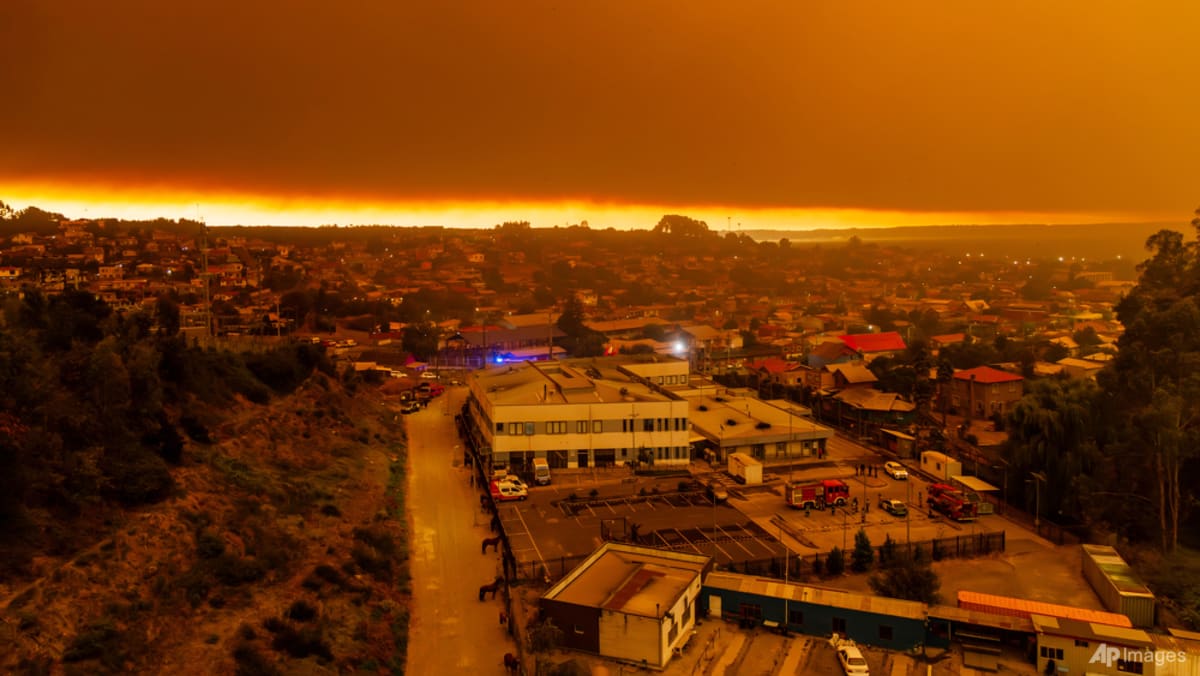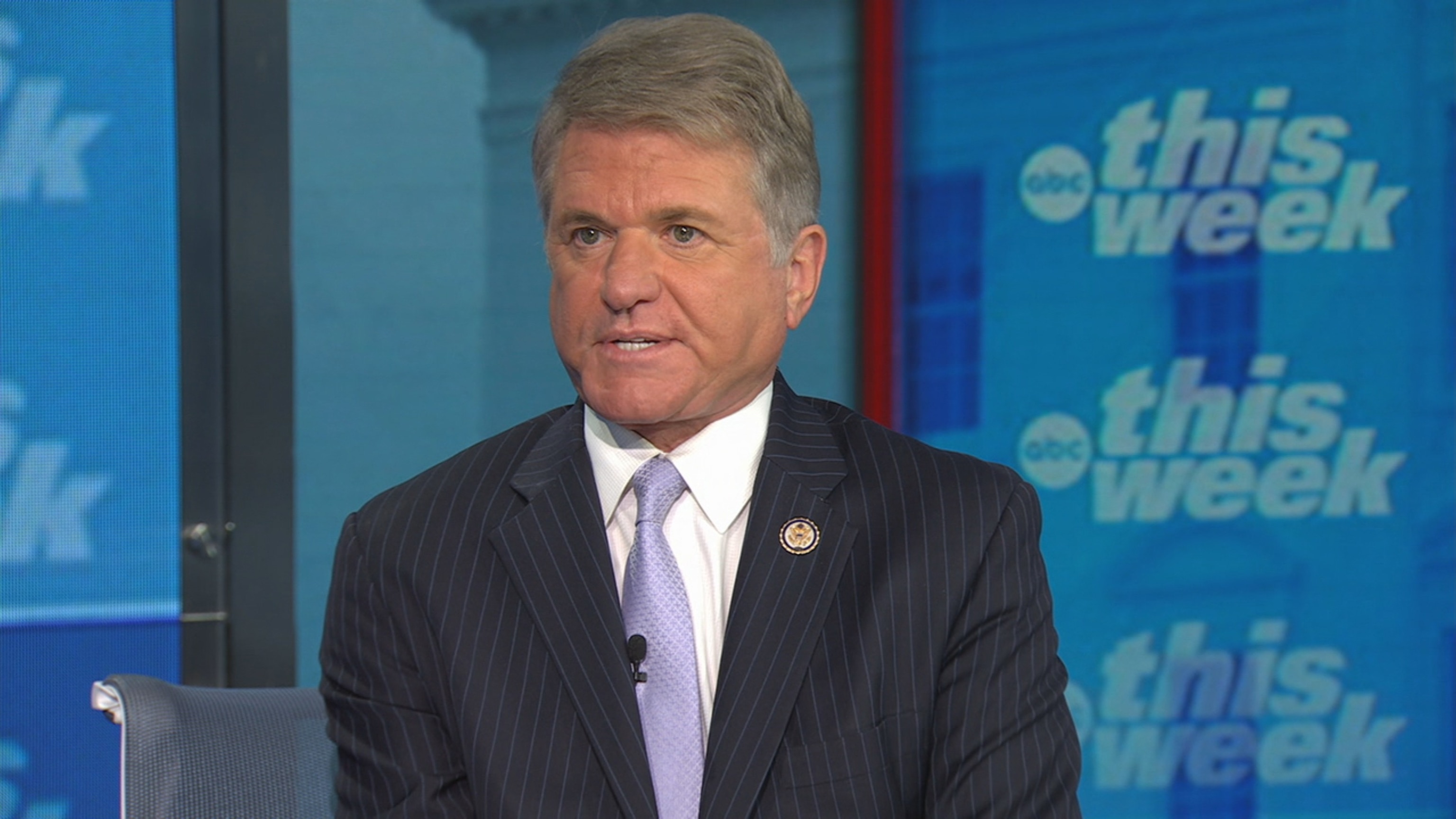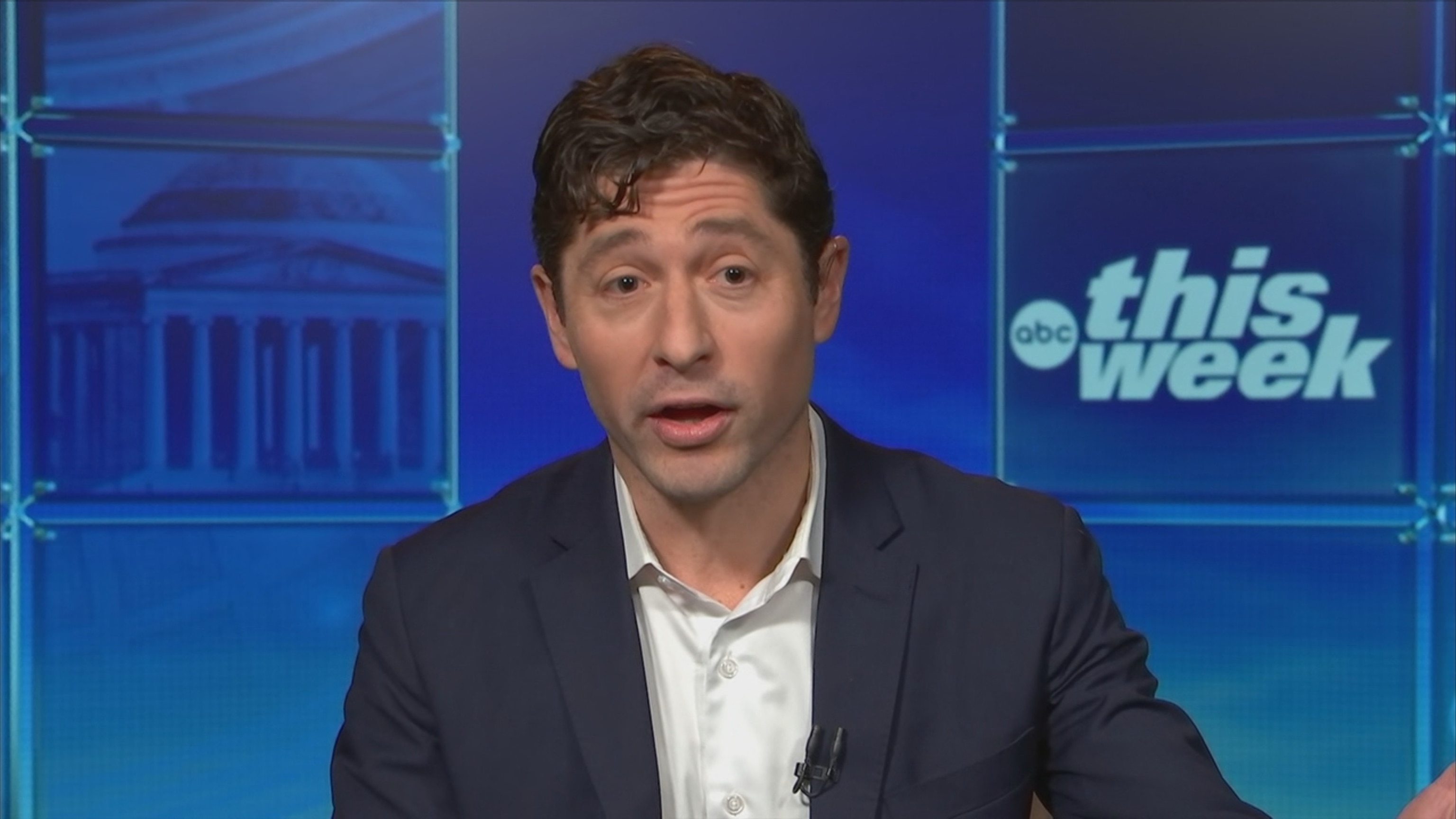News
3 charged in Iran-linked plot to assassinate Donald Trump: Sources

Three people have been charged in an alleged Iran-linked plot to assassinate President-elect Donald Trump and several Iranian dissidents, law enforcement sources told ABC News.
Farhad Shakeri, Carlisle Rivera and Jonathan Loadholt are charged with murder-for-hire, the sources said. Rivera and Loadholt have been arrested, while Shakeri is still at large.
The men appear to have been hired by someone they met in prison who keeps “a network of criminal associates … to supply the IRGC with operatives” to conduct assassinations in the U.S., according to a related court document.
This is a developing story. Please check back for updates.
Source: abc news


